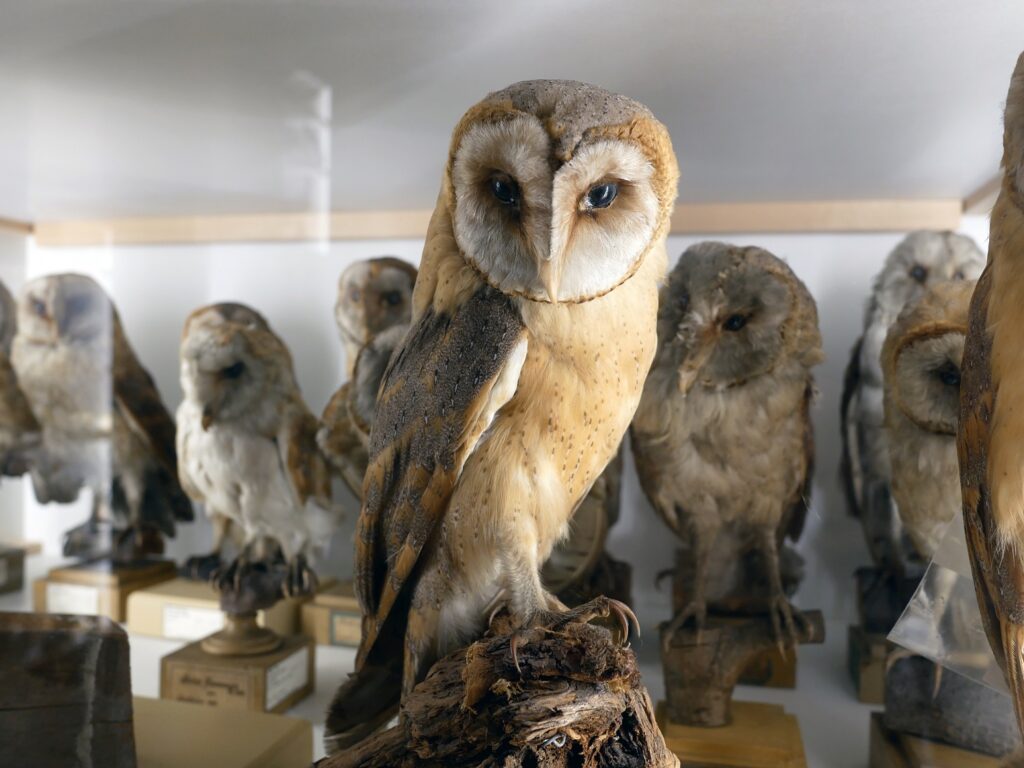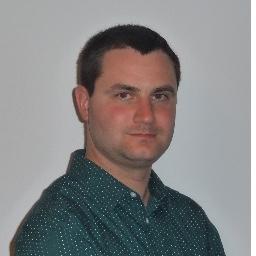On November 20, 2024, the second event in the “Quo Vadis Open Science in Berlin and Brandenburg 2024/25” series took place, titled “Object-Based Open Access – Open Access for Objects.” Moderated by Sophie Kobialka from the Data Competence Center WiNoDa, the workshop aimed to explore the challenges and blind spots related to Open Access (OA) for objects and other non-textual content. The panel featured insights from Friederike Kramer (University Library of the University of the Arts), Melanie Seltmann (Data Competence Center QUADRIGA), and Ben Kaden (Networking and Competence Center for Open Access in Brandenburg / WiNoDa).
Heterogeneity of Non-Textual Materials
The discussion began with a consensus among participants regarding the high degree of heterogeneity found in non-textual materials, such as objects and moving images. This diversity often leads to ambiguity in their classification and usage contexts, as well as varying perspectives on openness. Friederike Kramer emphasized the fluidity present in the arts, where engagement can span artistic and scientific realms, research and teaching, as well as a differentiation between objects, more general data, and research data. Since objects can transition into research data at different stages, it is crucial to consider the entire data lifecycle rather than focusing solely on traditional academic research frameworks.

The Multi-Layered Nature of Objects
Ben Kaden further elaborated on this heterogeneity from WiNoDa’s perspective, noting that every object within a collection has the potential to serve as a research object, even if it was not originally created for that purpose. Museum objects are inherently multi-layered, fulfilling various roles, including presentation within an exhibition context. Meanwhile, Melanie Seltmann highlighted the complexities surrounding moving images—one of QUADRIGA’s focal areas. She noted that creating corpora and annotations often involves textual work, which supplements non-textual materials. For effective reuse, it is essential to ensure open access not only to these texts but also to the digital objects themselves. However, copyright regulations surrounding films can complicate this process, significantly limiting opportunities for reuse.
Monitoring Open Access
The panel concluded that monitoring Open Access for objects and non-textual content proves only beneficial in specific contexts. While access and usage statistics can motivate authors, they often fail to capture qualitative aspects of engagement. A narrow focus on statistics may create misleading incentives and hinder a proper evaluation of researchers’ activities. An intriguing approach to monitoring could involve utilizing metadata on usage and object biographies, which documents provenance and continuous reuse activities. Such metadata could transform into valuable research data, contributing to a deeper understanding of object histories.
Infrastructure Challenges
Infrastructures supporting Open Access for non-textual content face challenges similar to those encountered by general Open Access systems. Even well-designed platforms are rarely utilized with great extent because researchers experience library-based workflows as unfamiliar. To address this issue, more intuitive data entry structures could be developed alongside training opportunities that impart essential competencies. Researchers who publish non-textual content often gravitate towards platforms familiar within their own communities—especially those that bridge research with artistic or communicative practices—resulting in underutilization of library-based services. It is vital to communicate the value of these library services while remaining open to understanding why researchers prefer alternative platforms.
Necessary Competencies
The discussion underscored the necessity for a set of basic competencies for navigating various platform types, recognizing their respective strengths and weaknesses, and aligning platform choices with publication goals—whether for presentation or reuse. Creators and researchers should be aware of which platforms facilitate Open Access, understand relevant technical standards (such as Persistent Identifiers and long-term archiving), and know how open licenses like Creative Commons can enable reuse.
Conclusion
In conclusion, while Open Access to non-textual content is not a new topic, this discussion revealed that the unique requirements posed by heterogeneous data and objects remain inadequately addressed. Insights gained from Open Access practices related to formal publications like journal articles or monographs offer valuable starting points but cannot be directly applied without adaption to the special requirements of non-textual content. Key differences include the media-specific characteristics of digital objects, the fluidity between various data statuses throughout the data cycle, and the involvement of creators who blend scientific with non-scientific activities—all of which introduce practical and legal challenges. To effectively tackle these issues, further exploration of these aspects is essential, alongside a thorough examination of legal considerations.
Shortened and translated from Philipp Kandler: Open Access zu nicht textuellen Inhalten. Kurzbericht zur Quo Vadis-Veranstaltung vom 20.11.2024. 4.12.2024. https://open-access-brandenburg.de/open-access-zu-nicht-textuellen-inhalten/
Further information for this event:
https://open-access-brandenburg.de/events/objektbezogenes-open-access-open-access-fuer-objekte-quo-vadis-offene-wissenschaft/
https://blogs.fu-berlin.de/open-access-berlin/2024/10/21/quo-vadis-4-objektbezogenes-open-access-open-access-fuer-objekte-20-november-2024/

